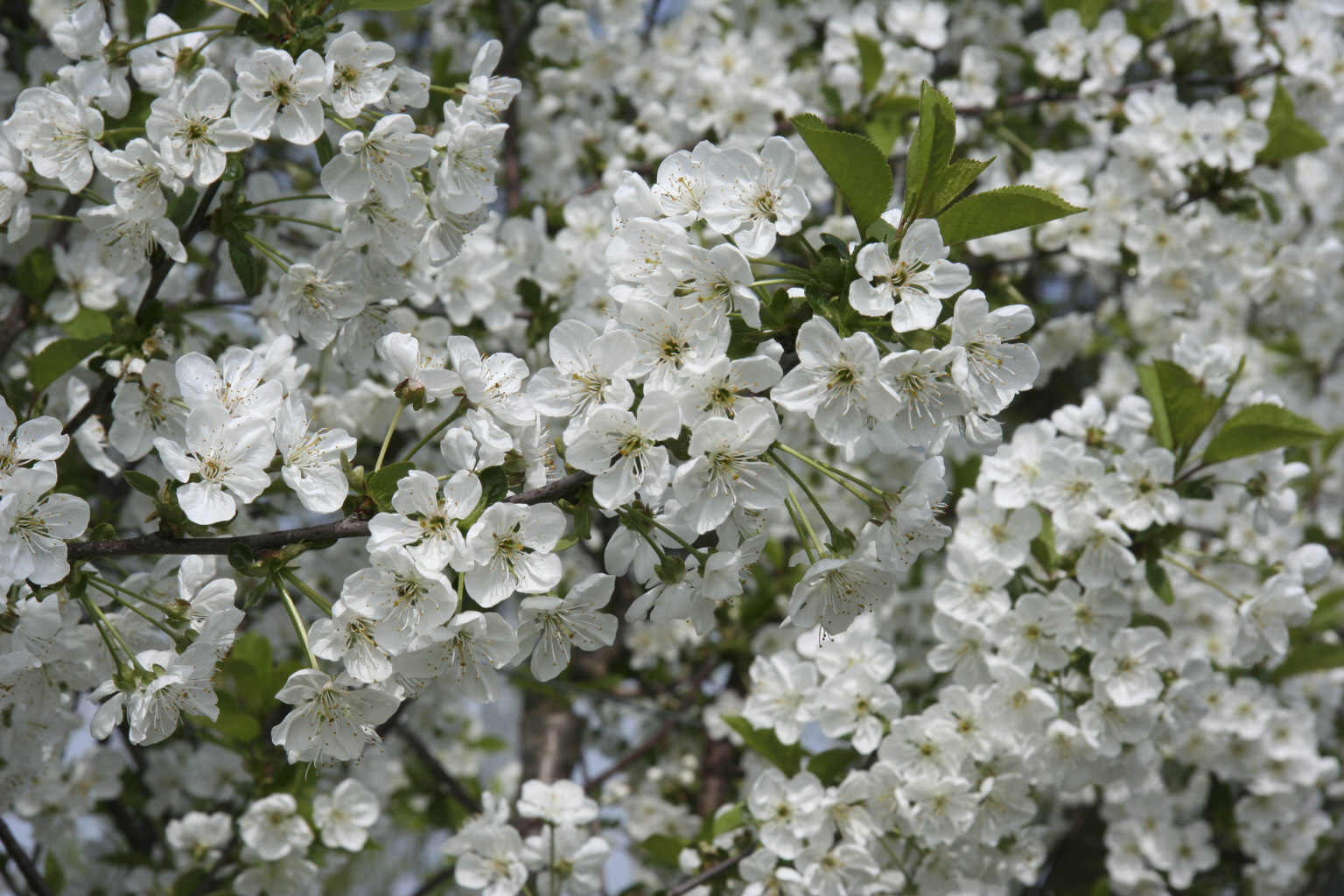Size
Ultimate height
2.5–4 metresTime to ultimate height
5–10 yearsUltimate spread
2.5–4 metresGrowing conditions
Moisture
Moist but well–drainedpH
Acid, Alkaline, NeutralColour & scent
| Stem | Flower | Foliage | Fruit | |
| Spring | White | Green | ||
|---|---|---|---|---|
| Summer | Green | Red | ||
| Autumn | ||||
| Winter |
Position
- Full sun
- Partial shade
Aspect
North–facing or West–facing or South–facing
Exposure
Sheltered Hardiness
H6Botanical details
- Family
- Rosaceae
- Native to GB / Ireland
- No
- Foliage
- Deciduous
- Habit
- Bushy
- Potentially harmful
- Seed kernels harmful if eaten, wear gloves and other protective equipment when handling Pets (dogs, rabbits, rodents): Harmful if eaten - for further information and contact numbers regarding pets, see the HTA guide to potentially harmful plants
- Genus
Prunus can be deciduous or evergreen trees or shrubs with showy flowers in spring, and often good autumn foliage colour. Some have edible fruit in autumn, and a few species have ornamental bark
- Name status
Accepted
- Horticultural Group
- Cherries suitable for culinary use have a tart flavour and are best cooked or made into a puree
How to grow
Cultivation
Plant in a moist, but well-drained soil, fan-trained against a south, west or north facing wall. Further acid cherry cultivation advice
Propagation
Cherries are usually propagated by grafting onto rootstocks for fruit
Suggested planting locations and garden types
- Cottage and informal garden
- Wildlife gardens
- Wall side borders
- Edible fruit
Pruning
Train in early to mid spring and once trained, prune after fruiting, following guidelines for pruning acid cherries / pruning established fans
Pests
Protect cherries against birds. Aphids, winter moth caterpillars and pear and cherry slugworm can be problematic
Diseases
May be susceptible to peach leaf curl, silver leaf, bacterial canker, blossom wilt and honey fungus
Get involved
The Royal Horticultural Society is the UK’s leading gardening charity. We aim to enrich everyone’s life through plants, and make the UK a greener and more beautiful place.
